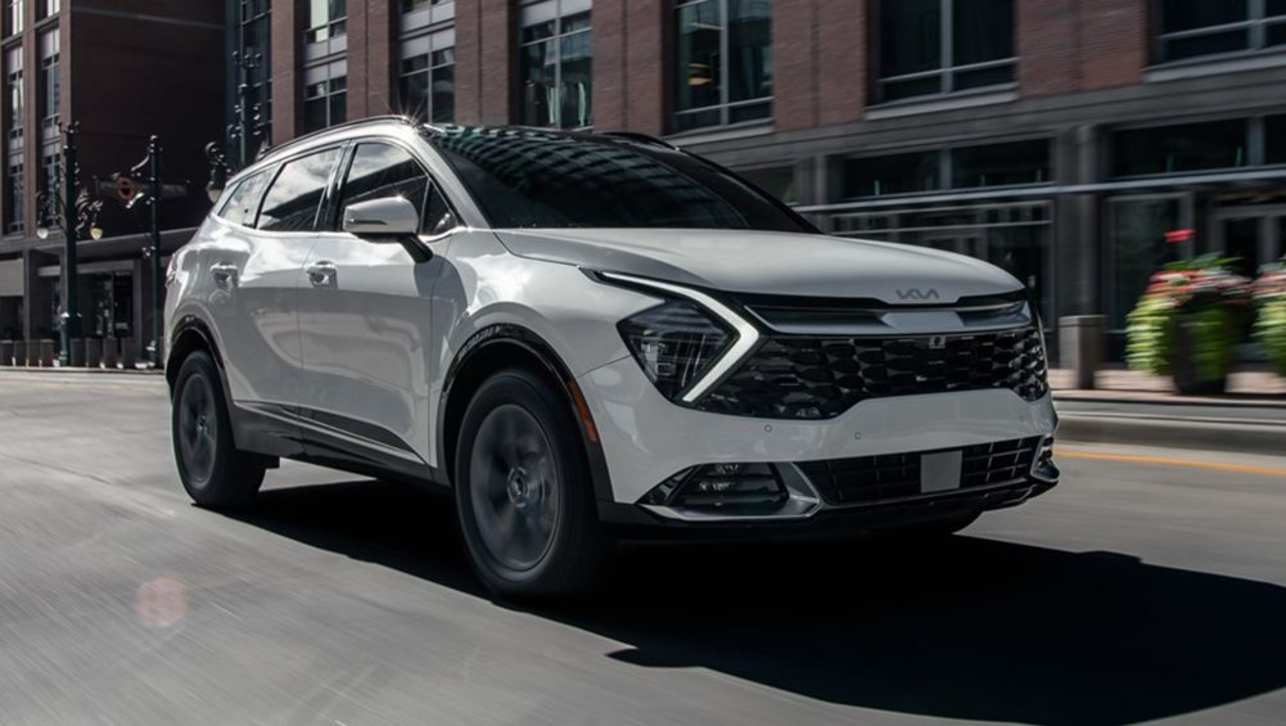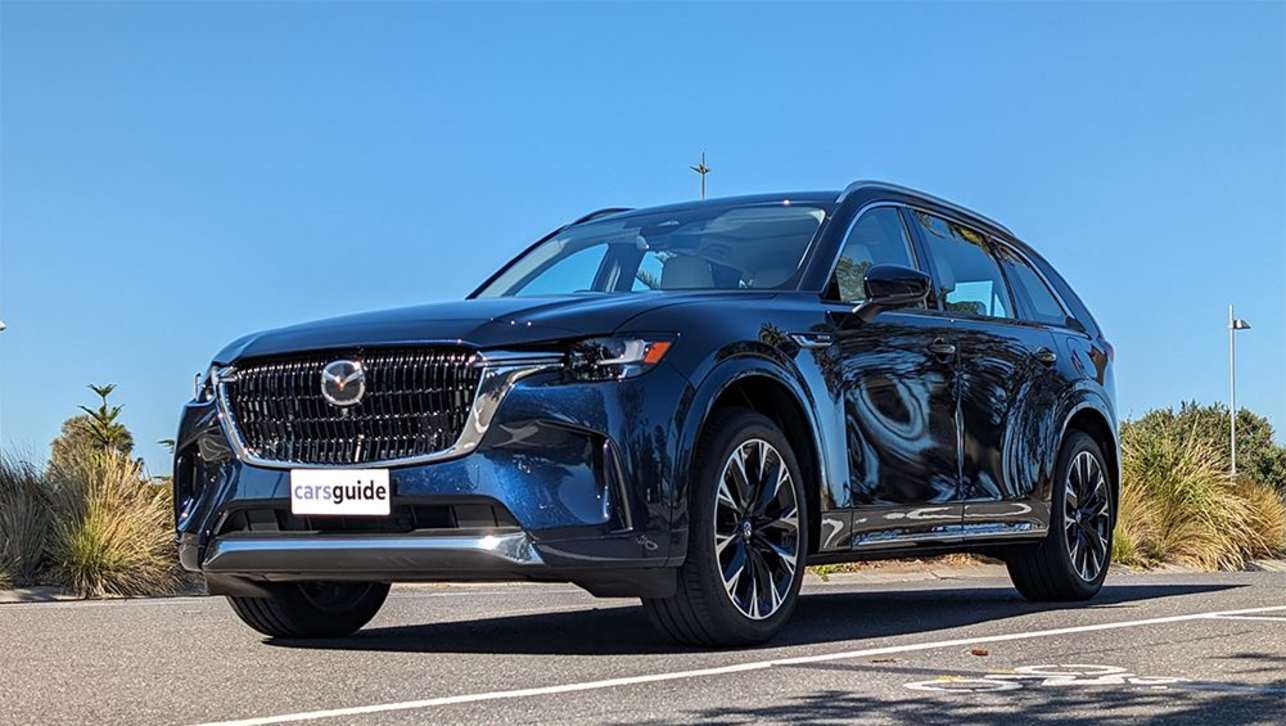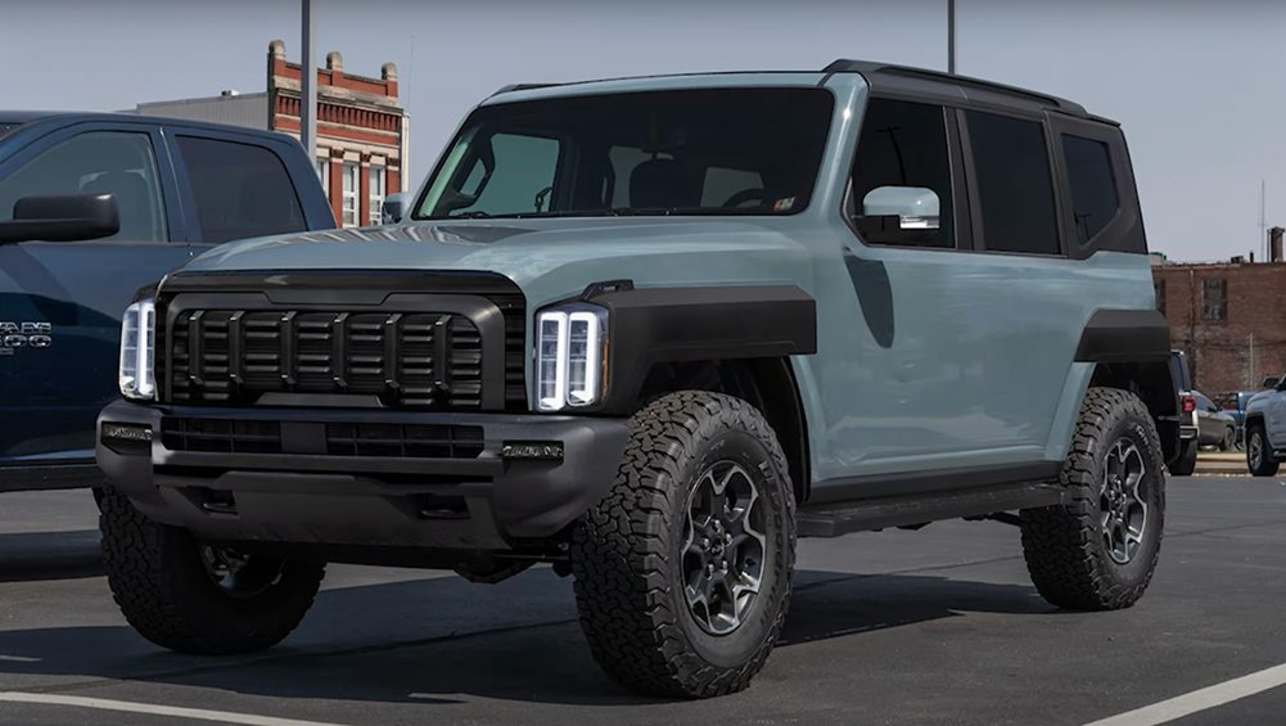Not that long ago Kia was an afterthought in the Australian new car market. Hyundai’s cheap little sibling that was unlikely to register as a blip on the sales radar.
Smart design, big improvements in engineering and build quality, sharp pricing and an industry-leading warranty offer helped elevate the brand in the late 2000s and early 2010s and there’s only been upside since then.
Now, Kia is the top-selling Korean brand in Australia, edging out its Hyundai sister brand last year by just 937 units - 76,120 to 75,183.
In 2023, Kia ended the year in fourth place behind the perennial number one Toyota (215,240 units), second-place Mazda (100,008) and a resurgent Ford (87,800).
As well as keeping Hyundai at bay, Kia also outplayed Mitsubishi (63,511).
There’s been a bit of movement in the top five best-selling brands in the past few years, and with the rapid rise of Chinese makes like MG, GWM and BYD, there’s likely to be further shake ups.
But one big change I see happening is Kia becoming the number two brand in Australia, possibly as early as 2025.
For that to happen, Kia has to leapfrog not only Ford, but also Mazda. It’s a big task, but here is why I think it’s not only possible, it’s probable.
Will Kia’s new ute, EV line-up result in a sales bump?

Kia has a solid model line-up already. High-quality and high-volume models include the Sportage medium SUV, the brand’s current top seller, as well as the Carnival people mover, Seltos small SUV, Sorento large SUV, Picanto city hatch, Stonic crossover and Cerato small car.
The Stinger and Rio were recently discontinued, but new electric models like the EV6 and EV9 are adding meaningful volume.
But more product is coming and it should boost Kia even further.
.jpg)
The Sportage hybrid will arrive imminently and given the unprecedented demand for electrified models, this will almost certainly increase Sportage’s overall annual sales. A facelifted Carnival should help grow sales, while the freshly revealed K4 (the replacement for the Cerato) will keep passenger car sales ticking along.
But the models that should see Kia sail past Ford and Mazda are the EV5 and the new ute that’s expected to be called the Tasman.
The EV5 should hit the sweet spot of somewhat affordable EVs in the Tesla Model Y category, and given the interest in Kia EVs already, this car should add thousands of sales to Kia’s annual tally. And there is an EV3 smaller SUV, as well as other electric vehicles coming soon that will add to the sales figures.
.jpg)
But the Tasman will give Kia its biggest boost, with the company previously saying it is hoping for annual sales of 20,000 units for the ute.
And the pre-launch interest in the still yet-to-be-seen ute is enormous.
Australia’s insatiable appetite for utes and new appetite for EVs, as well as Kia’s refreshed and already highly regarded model range, should be enough to see it push past Ford and Mazda.
.jpg)
Will Mazda’s premium play backfire?
Mazda has shifted focus in recent years and is now a semi-premium offering and that's reflected in its decision to launch a new rear-drive internal combustion and plug-in hybrid platform to underpin a bunch of new SUV models.
Some of these SUVs are already here - notably the CX-60 and CX-90, with the recently revealed CX-70 on the way. The CX-80 is yet to be revealed but you can expect it to look like the other three.
The four models are designed to appeal to different markets so most countries will only take one or two of these models. Australia will be the only market in the world to take all four.
.jpg)
Mazda has taken a massive risk launching a number of large, predominantly internal-combustion-powered models in an era where carmakers are spending billions on EVs.
Mazda no longer offers an EV after discontinuing the quirky MX-30. It is developing EVs but we won’t see them for a couple of years at least.
With these new models arriving, Mazda is slowly discontinuing its older, popular models, like the CX-8 and CX-9. The ageing Mazda6 is also expected to be dropped soon but it doesn’t add much volume to the mix.

The CX-8 and CX-9 are big sellers, so that loss of volume will impact Mazda’s overall sales. The company says there will be a next-gen version of its biggest seller, the CX-5, but when that will arrive is unclear. So far, the CX-60 and 90 are not capturing the same number of buyers as their departed siblings.
Launching semi-premium models means semi-premium pricing, so the new SUVs are naturally more expensive than the CX-8 and CX-9 and that can be a barrier for some buyers.
The CX-60 has received mixed reviews since its launch, with reviewers taking issue with the ride quality, transmission calibration and noise, vibration and harshness issues. It’s not a great start.

The CX-90 is an improvement and you can expect Mazda to continue to up its game with the 70 and 80 when they arrive.
The BT-50 ute offers decent volume for Mazda, but by the time the Tasman arrives it will be one of the older offerings among its peers.
All of this points to the possibility of Mazda sales shrinking in the coming years, giving Kia the opportunity it needs.
Has Ford become the Ranger and Everest company?
.jpg)
Kia also needs to topple Ford and given the Blue Oval has the top-selling vehicle in Australia right now, the Ranger ute, that could be a challenge.
Last year Ford sold 63,356 examples of the Ranger, and another 15,071 of the mechanically related Everest SUV. Combined, the 78,427 sales represents 89 per cent of Ford’s total registrations.
The third best-selling model in Ford’s line-up last year was the Transit Custom medium van, with 2843 sales.
.jpg)
Clearly, Ford is heavily reliant on Ranger and Everest sales and they are not even bothering with passenger-friendly SUVs anymore, dropping the Escape and the Puma small SUV, although the latter will be sold here soon as an EV.
This reliance on the two big models could harm Ford. What if the government's proposed New Vehicle Efficiency Standard (NVES) starts to pinch and people look for more eco-friendly alternatives? And what if the Kia Tasman is as competitive as Kia hopes? It could take a bite out of Ranger sales.
Of course, this analysis may not come to pass. Ford might continue to sell tens of thousands of Rangers a year and even grow its sales with more models coming. And Mazda might strike a chord with its new SUV models and future EVs, allowing it to remain where it is now.
But with its current plan in place, Kia is on track to become Australia’s second most popular brand behind Toyota.






.jpg)
.jpg)

.jpg)


.jpg)

.jpg)
.jpg)
_0.jpg)

.jpg)

.jpg)


.jpg)
.jpg)


.jpg)

Comments